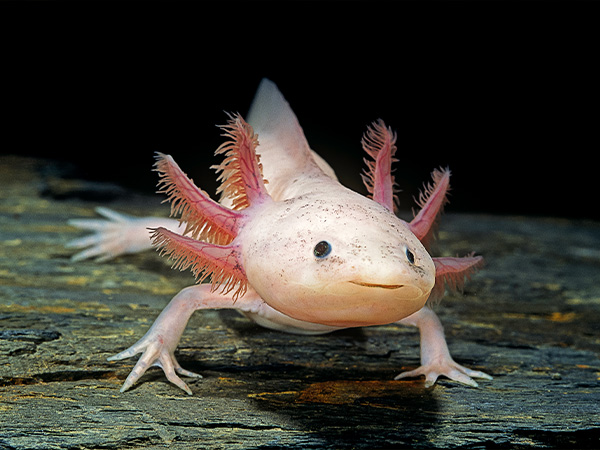
Grade:
Topic:
Unit:


In this lesson mini, students explore amphibians and their unique traits, such as specialized tongues and camouflage. Students engage in a variety of activities, including sorting exercises, craft projects, and camouflage games, designed to enhance their vocabulary, observational skills, and content knowledge.

Minutes
Minutes
Minutes
Minutes

Check out Britannica Studio, your teacher-first AI workspace that turns Britannica’s verified, standards-aligned content into engaging, differentiated, and student-ready materials in minutes.
Level-up current events into dynamic learning!